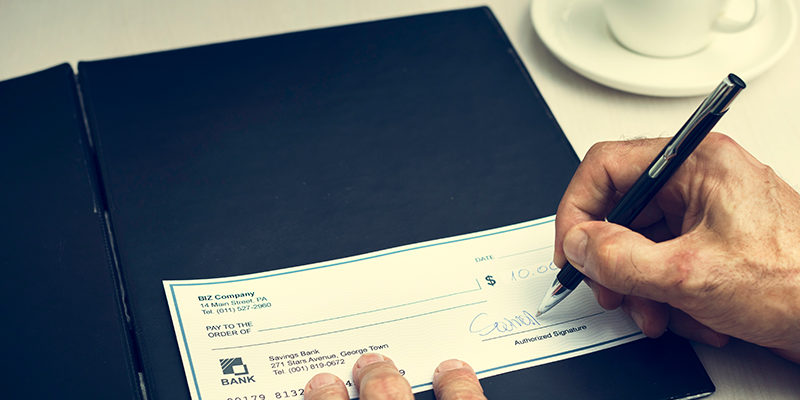On Thursday (6th August), on the eve of the Statement on Developmental and Regulatory Measures, RBI Governor Mr.Shaktikant Das announced “To enhance safety of cheque payments, it has been decided to introduce a mechanism of Positive Pay for all cheques of value ₹50,000 and above. This will cover approximately 20 per cent and 80 per cent of total cheques by volume and value, respectively”.
Many elderly people of our generation may rewind nostological memory of cheques marked with banks’ stamp of “Good for payment” presented for payment to drawee bank. The “Good-for-payment” cheques, which are otherwise called certified cheques, were termed as payment of the cheque has been guaranteed by the concerned drawee bank. In India, the marking on face of the cheque as “good for payment” was banned long back and same has been replaced by the issue of bankers’ cheques.
“Positive pay cheques are different from good for payment cheques”. They are issued for the different purpose. As per report of RBI operational guidelines in this regard will be issued separately. According to people in the know of positive pay cheque mechanism, it is a system used for all intents and purposes of fraud detection. The account holder shall furnish the details of cheque issued by him such as Cheque Number, Cheque date, Payee name, Account number, Amount etc. and an image of the front and reverse side of the cheque, before handing it over to the beneficiary. When the cheque is presented for payment in clearing it will be honoured by the paying bank only when it matches specific information related to the cheque authorized and issued by the issuer.






